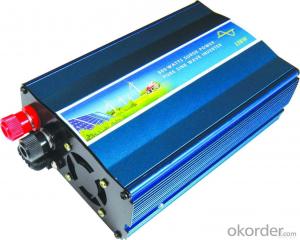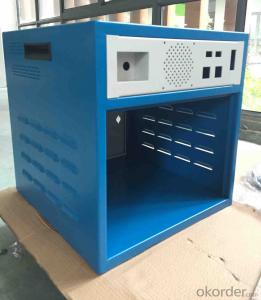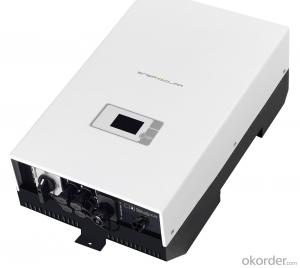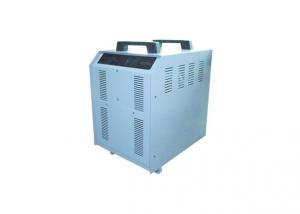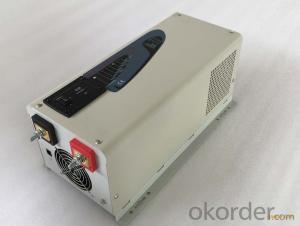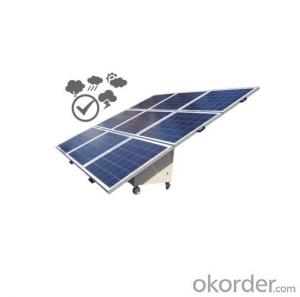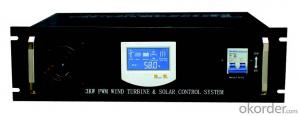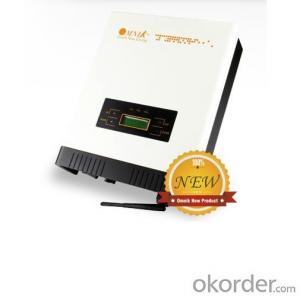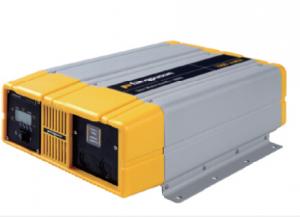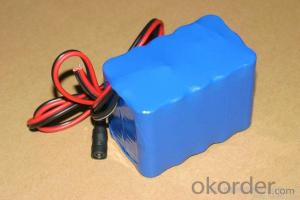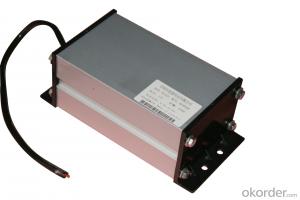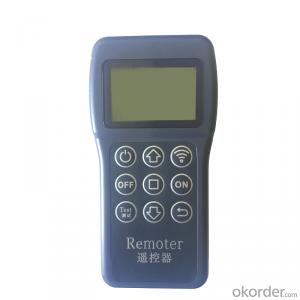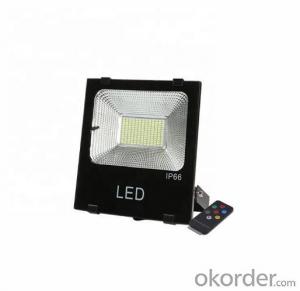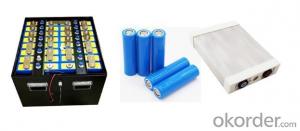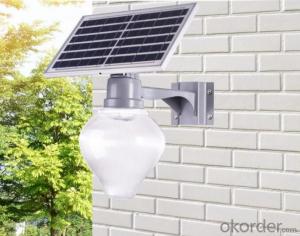Inverter For Off Grid Solar
Inverter For Off Grid Solar Related Searches
Off Grid Inverter Solar Off Grid Solar Power Inverter Inverter Solar Off Grid Off Grid Solar System Inverter Solar Inverter Off Grid Solar Off Grid Inverter Off Grid Hybrid Solar Inverter Solar Power Inverter Off Grid Off Grid Solar Hybrid Inverter Best Solar Off Grid Inverter On Off Grid Solar Inverter Off-Grid Solar Inverter Best Solar Inverter Off Grid Solar Panel Off Grid Inverter Off The Grid Inverter Offgrid Solar Inverter Off Grid Solar Micro Inverter Off Grid Solar Inverter System Hybrid Solar Inverter Off Grid On Grid Solar Inverter Solar Hybrid Off Grid Inverter On Grid Inverter Solar On Grid Solar Power Inverter Best Off Grid Solar Inverter Top 10 Off Grid Solar Inverter Cheap Off Grid Solar Inverter Best Off-Grid Solar Inverter Off Grid Solar Inverter 48v On Grid Solar System Inverter Waaree Solar Off Grid InverterInverter For Off Grid Solar Supplier & Manufacturer from China
Inverters for off-grid solar systems are essential components that convert the direct current (DC) generated by solar panels into alternating current (AC), which can be used by household appliances and devices. These inverters play a critical role in ensuring that the energy produced by solar panels is efficiently utilized and compatible with the electrical grid or off-grid setups.Off-grid solar inverters are widely used in various applications, such as remote homes, cabins, and commercial establishments that are not connected to the main power grid. They are also employed in emergency backup power systems, ensuring a continuous supply of electricity during power outages. In addition, these inverters are utilized in off-grid solar power systems for agricultural and industrial purposes, where a reliable power source is crucial for daily operations.
Okorder.com is a leading wholesale supplier of off-grid solar inverters, boasting a vast inventory of high-quality products from reputable manufacturers. With a commitment to customer satisfaction, Okorder.com offers competitive prices, fast shipping, and excellent customer service, making it the go-to platform for those seeking reliable and efficient off-grid solar inverters.
Hot Products







